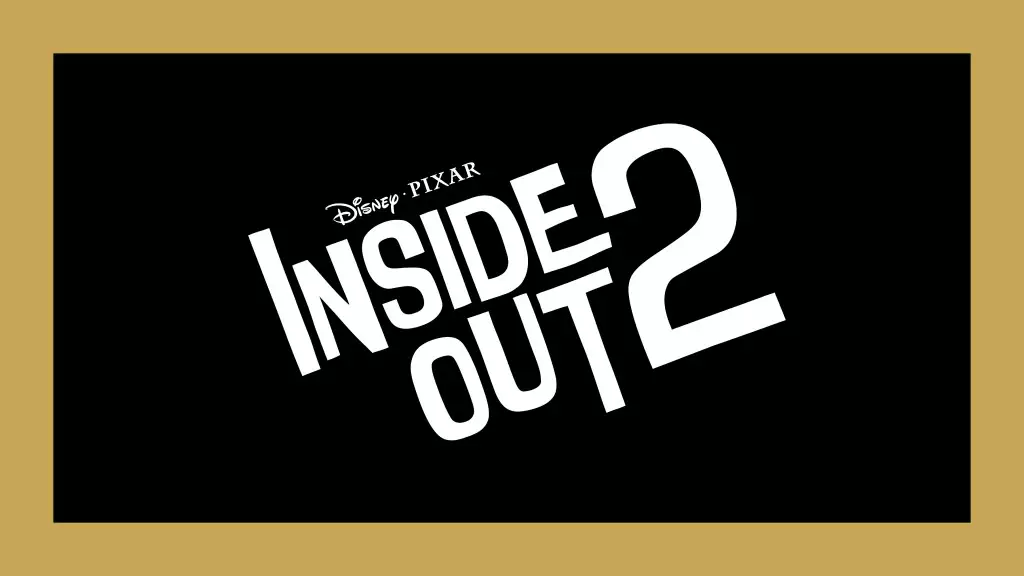The animated film industry has undergone a remarkable transformation over the past few decades. Among the pieces that have significantly contributed to this evolution is Pixar Animation Studios, and at the forefront of its latest triumph is Kelsey Mann, the director of the blockbuster sequel ‘Inside Out 2.’ The film has achieved an unprecedented milestone, grossing $1.7 billion worldwide, making it the largest hit in Pixar’s illustrious history. This achievement is not merely a reflection of box office numbers; it represents a creative journey filled with audacity, imagination, and a deep understanding of emotional complexities.
What sets ‘Inside Out 2’ apart from its predecessor is Mann’s ability to elevate the storytelling. The original film, released in 2015, captivated audiences with its innovative portrayal of emotions such as joy, sadness, anger, and disgust operating within the mind of a young girl named Riley. Mann’s direction in the sequel takes these themes further, diving into the intricate layers of anxiety that tend to dominate the adolescent experience. As a result, this film does not simply regurgitate the experiences of the first installment; instead, it expands on them, bringing new depth to familiar concepts.
Kelsey Mann steps into a role previously held by Pete Docter, a seasoned director and now Pixar’s chief creative officer. Mann’s debut as a feature director is one for the history books, marking the most successful entry of its kind ever recorded. In an interview, he shared a uniquely personal perspective on his past experiences in the industry. His recollection of printing out Oscar ballots for other filmmakers at Pixar illustrates his humble beginnings, and now, with his own film nominated, it has come full circle.
His emphasis on honoring the legacy of the first film while creating something fresh is noteworthy. Mann insists that successful sequels must deepen the narrative rather than merely replicate the original. His approach was to delve into the complexities of Riley’s emotional growth, making sure that the new challenges she faces resonate with audiences on a deeper level. This strategy reflects an understanding of what truly makes great stories great—progression, complexity, and the ability to reflect real-life experiences.
Navigating Expectations and Doubts
Every creative endeavor comes with its own set of anxieties, and Mann was no exception. As he worked on ‘Inside Out 2,’ the pressure to meet the expectations of fans, critics, and himself was palpable. The ‘what ifs’ loomed large in his mind: what if audiences didn’t embrace this sequel? What if it fell short of the original’s legacy? However, Mann highlighted the necessity of cultivating a positive mindset amidst these worries.
He metaphorically linked the character of Joy from the film to his own internal monologue, suggesting that fostering optimism is essential for creativity to flourish. This perspective not only illustrates his ability to connect personal experiences with cinematic narratives, but it also imparts a valuable lesson about overcoming self-doubt. By consciously allowing for positive possibilities, Mann shifted his focus from fear to hope—transforming potential dread into a celebration of what the film could achieve.
As we reflect on Kelsey Mann’s journey with ‘Inside Out 2’, it’s clear that this film is not just a financial success, but an emotional odyssey that resonates with audiences around the globe. This achievement underscores the potential of animated storytelling to explore profound themes of growth and understanding. As Mann looks ahead to awards season, he can rest easy knowing that his work has not only met but exceeded expectations.
‘Inside Out 2’ stands as a testament to Kelsey Mann’s creative vision, transforming the Pixar legacy into something even grander. With its stunning success and the emotional depth it delivers, this film marks a new chapter in animated cinema, proving once again that true artistry lies in the courage to explore life’s complexities with honesty and imagination. As Mann continues to navigate his budding career, his insights offer inspiration for future storytellers daring to take creative risks.
